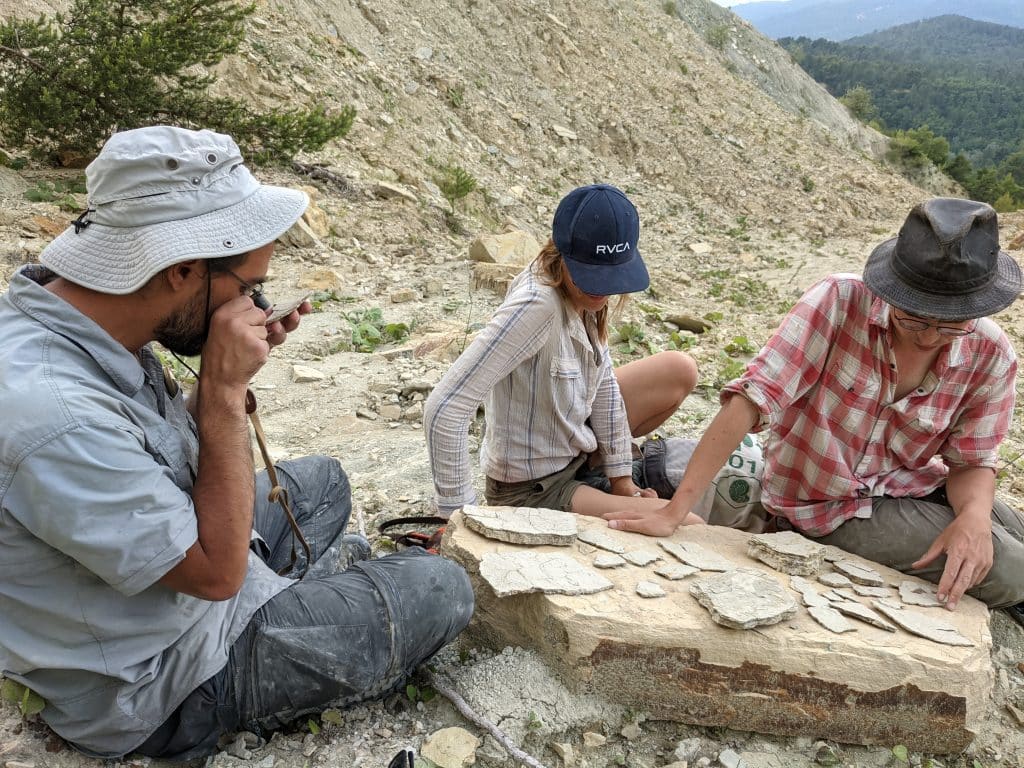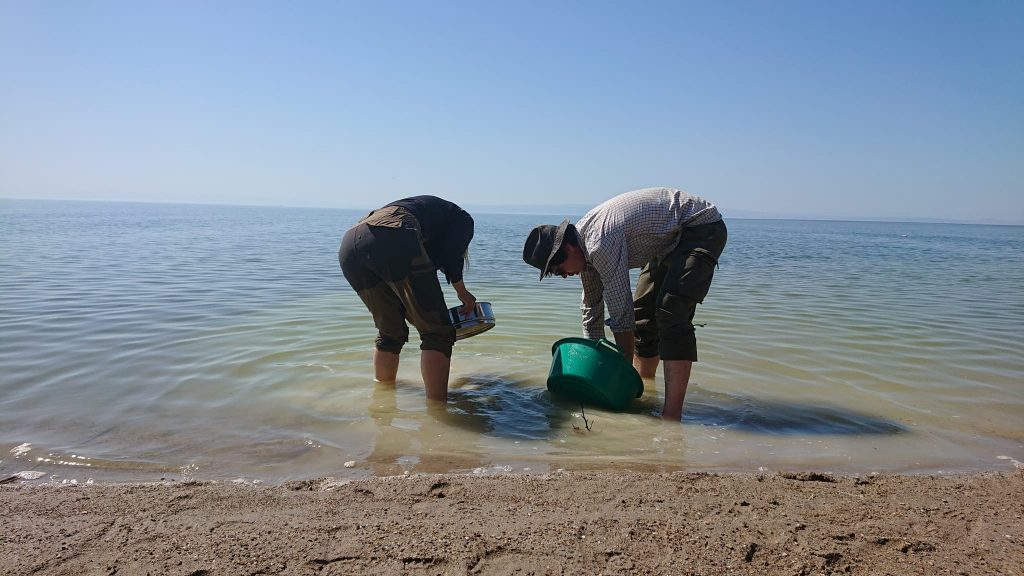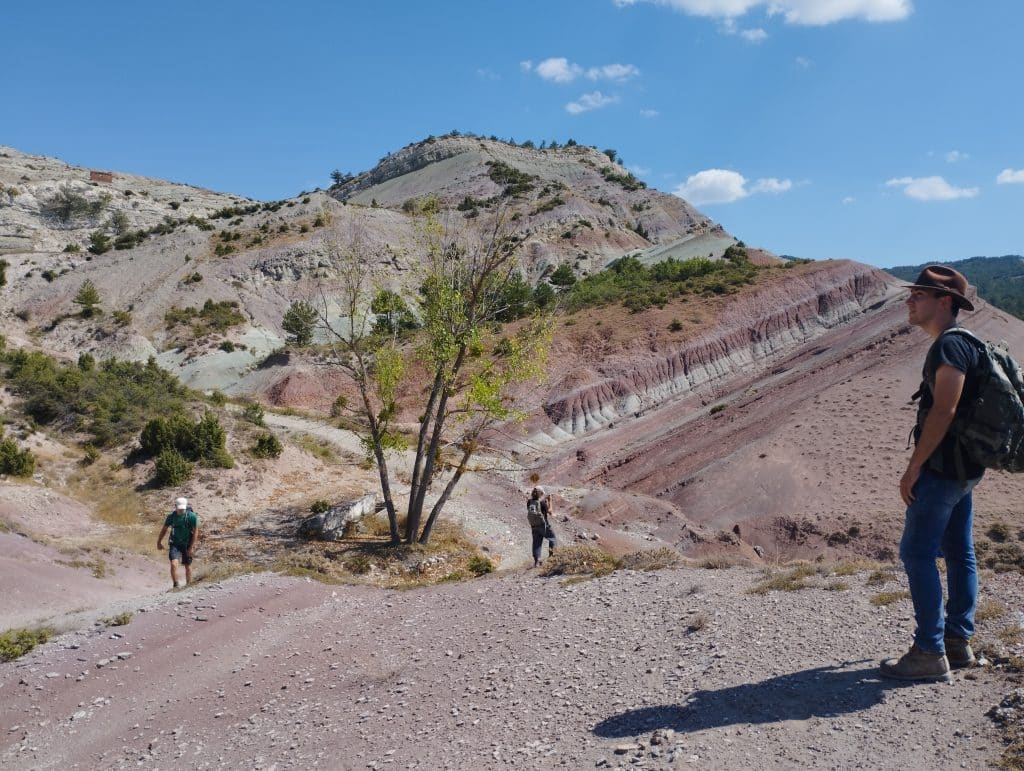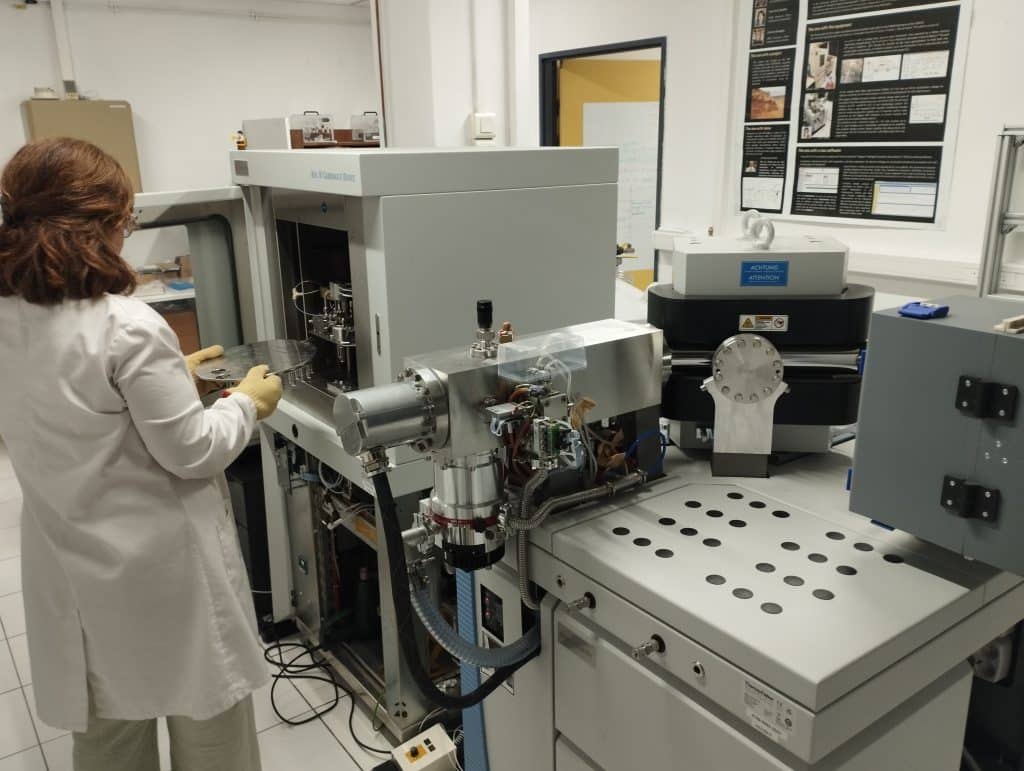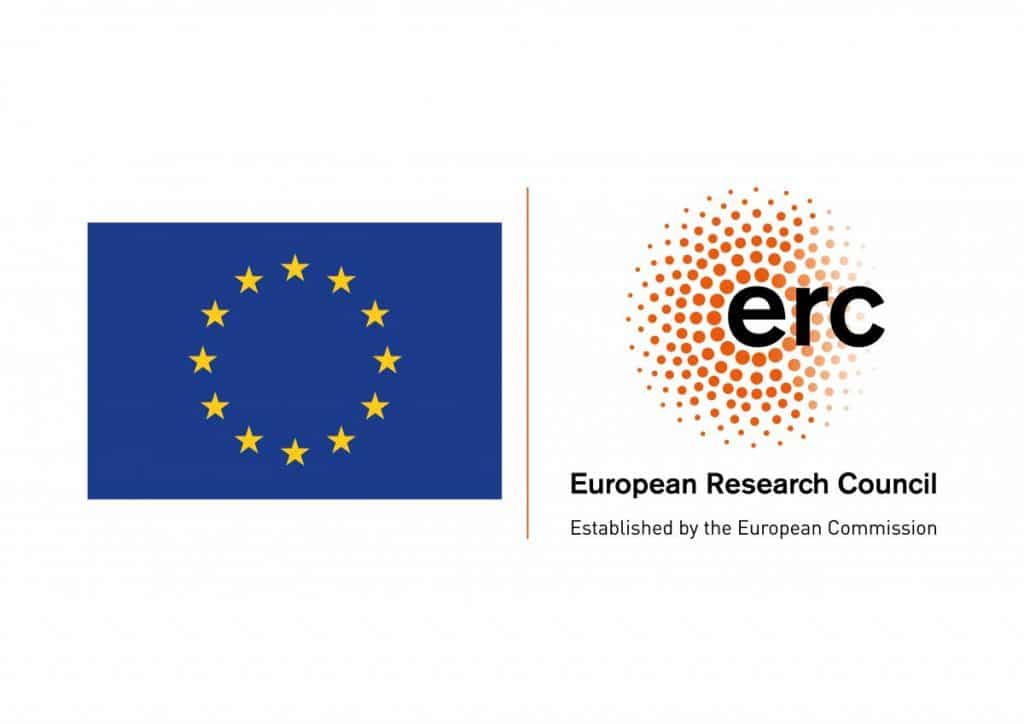ERC-CoG DISPERSAL
Context
Several recent studies show that the geographical distribution of many continental species can be explained by a limited number of intercontinental dispersal (including overwater), and that these dispersal episodes will become increasingly frequent in the face of current climate change.
The mechanisms controlling these dispersals are still poorly understood, and overwater dispersals are currently considered to be a very rare and often random process.
There are, however, several examples of past intercontinental dispersal involving numerous species, on a repeated basis and on a small timescale (a few million years). Recent palaeontological discoveries show that during a period of climatic upheaval between 40 and 34 million years ago, anthropoid primates and Asian rodents crossed 500 km of the Neotethys Ocean, between Eurasia and Africa, to reach North Africa, then 1500 km of the Atlantic Ocean to reach South America.
The ERC Consolidator Grant (CoG) project DISPERSAL aims to document and understand the mechanisms of intercontinental dispersal by resolving these three questions:
How have primates and rodents been able to cross two oceans?
Were these dispersal events controlled / favored by tectonic and climatic factors?
Can we model (and predict) these dispersal events ?
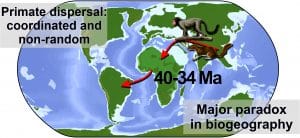
DISPERSAL is run by Alexis Licht (CNRS research scientist, CEREGE) with numerous collaborators from French and foreign laboratories.
Research Axes
The project has six research directions:
refining the palaeontological record of Neotethyan primates and rodents from the Eocene. This work is being led by K. Chris Beard, Grégoire Métais, Faruk Oçakoglu, Bastien Mennecart and Pauline Coster.
the acquisition of several palaeobotanical archives to trace the evolution of ecosystems along the dispersal corridor. This work is being carried out by Anaïs Boura, Carina Hoorn, Serkan Akkiraz, Saida Nigmatovaand Benjamin Raynaud.
the acquisition of several geochemical and sedimentary archives to understand climate change during dispersion. This work is being carried out by Anne-Lise Jourdan, Paul Botté, Abel Guihou, Daniel Robertand François Demory.
the construction of high-resolution palaeogeographic maps exploring all probable dispersal routes. This work is being carried out by Leny Montheil, Guillaume Dupont-Nivetand Laurent Husson.
simulating the climate and ocean currents of the Eocene to test the validity of the different dispersal routes and methods. This work is being carried out by Bram Vaes, Yannick Donnadieuand Fred Fluteau.
the development of a probabilistic modelling tool for ecological niche connectivity and its application to Eocene primates. This work is being carried out by Fabien Condamine.
Media
Our BlueSky account.
Some field photos.
An article in La Provence on the project.
Some publications
A. Licht, G. Dupont-Nivet, J. Westerweel, Zaw Win, A. Guihou, P. Deschamps, Day Wa Aung. The Missing arcs of the India-Asia collision. Gondwana Research 147, 260-275. doi:10.1016/j.gr.2025.06.018
L. Montheil, A. Licht, D. İbilioğlu, P. Botté, F. Ocakoğlu, F. Demory, G. Ruffet, A. Guihou, M. Kaya, B. Raynaud, S. Akkiraz, P. Deschamps, G. Métais, P. Coster, & K.C. Beard (2025). Updating the timeline of faunal endemism in Balkanatolia, the biogeographic province connecting Europe, Asia and Africa. Journal of Asian Earth Sciences 290, 106661. doi:10.1016/j.jseaes.2025.106661
E.O. Straume, C. Faccenna, T.W. Becker, B. Steinberger, A. Licht, A. Sembroni, Z. Gvirtzman, P. Ballato (2025). Continental collision, mantle convection, and Tethyan closure in the Eastern Mediterranean. Nature Reviews Earth & Environment 1-19. doi:10.1038/s43017-025-00653-2
G. Métais, P. Coster, A. Licht, K. Miller, F. Ocakoğlu, K. Rust & K.C. Beard (2024). Rapid colonization and diversification of a large-bodied mammalian herbivore clade in an insular context: New embrithopods from the Eocene of Balkanatolia. Journal of Mammalian Evolution 31 (15), 1-19. doi:10.1007/s10914-024-09711-w
A. Licht, P. Coster, P. Botté, M. Kaya, P. Deschamps, A. Guihou, S. Legal (2024). Sedimentology and chronostratigraphy of the Apt Basin, Southeastern France: lacustrine response to late Paleogene cooling and regional rifting. Bulletin of the Geological Society of France (BSGF) 195, 22. doi:10.1051/bsgf/2024019

2022-2027: CoG Dispersal (ERC)
Climatic and paleogeographic controls on intercontinental mammal dispersal
Principal Investigator: Alexis Licht
French Partner Institutes: CEREGE in Aix-en-Provence, CR2P in Paris, Geosciences Rennes, ISEM in Montpellier, IPGP in Paris, PNRL in Apt
Foreign Partner Institutes: Kansas University (USA), Vrije Universiteit in Amsterdam (Netherlands), Osmangazi University and Dumlupinar University (Turkey), Almaty Institute of Geology (Kazakhstan)
Financing: funded by the European Research Council (ERC), Horizon 2020 research and innovation programme (project no. 101043268)
